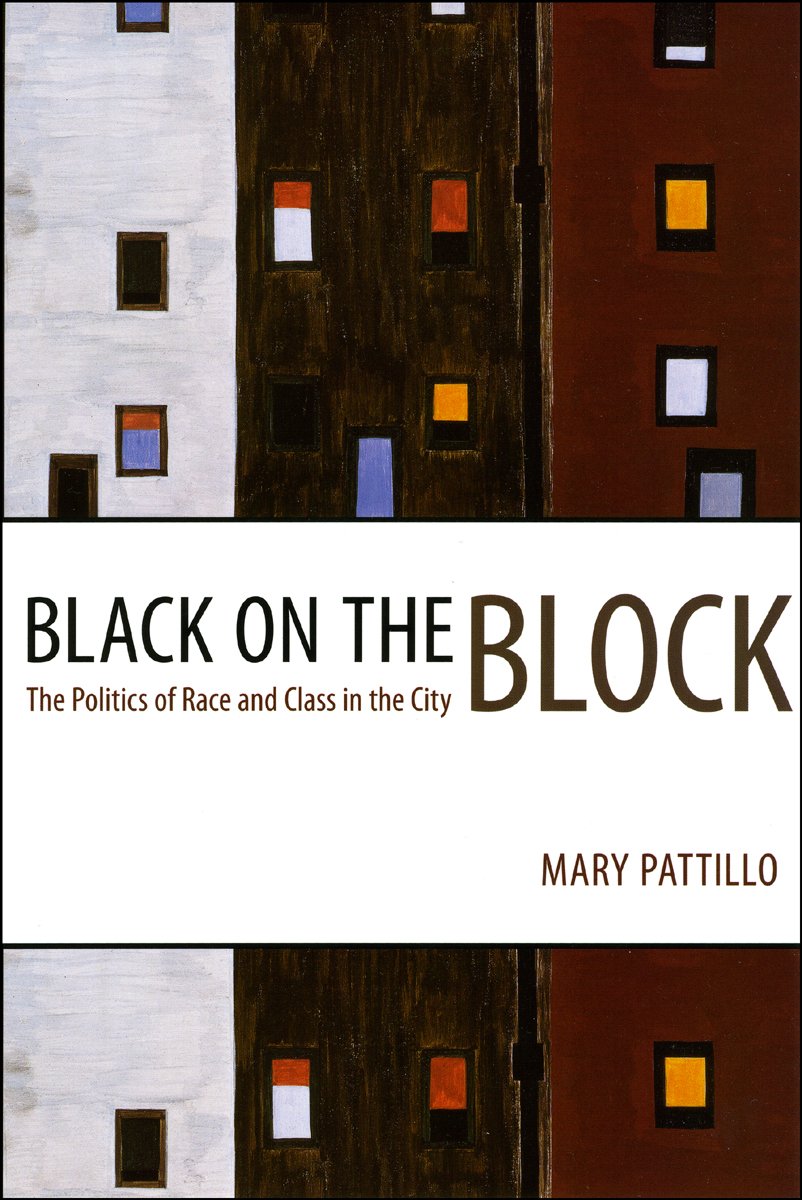Mary Pattillo on the future of Chicago’s black urban communties

Mary Pattillo, author of the recently published Black on the Block: The Politics of Race and Class in the City, penned a fascinating op-ed piece for Sunday’s Chicago Tribune on the rapidly changing face of Chicago’s black urban communities. Pattillo’s article begins:
“No more blacks.” That was the forecast of a resident of the Oakland community when asked about the future of her South Side neighborhood.
“No more blacks?” I responded, worried in no small part because my research is about black gentrification.
“[A] couple of blacks” would be left, the woman then allowed. “They got money.
This simple prediction is rich with meaning. For one thing, it helps establish the players in the widespread upscaling of Chicago: The little man. The middleman. And then, The Man.
The prediction also lays out what’s at stake, not just in Oakland and North Kenwood on the South Side, but in various Chicago neighborhoods. In the process of “building, breaking, rebuilding” the City of the Big Shoulders, as Chicago’s poet Carl Sandburg so eloquently put it, who is going to keep the little man from being left behind? Are Chicago’s shoulders big enough to serve, include and celebrate everyone?
Pattillo’s article seems to leave this question open ended, but makes a point that it is the rising black middle class who must ultimately shoulder the responsibility of brokering between the lower and upper classes if the future of some of the more underprivileged members of Chicago’s black urban communities is to look any brighter.
Also, social historian Arnold Hirsch (Making the Second Ghetto: Race and Housing in Chicago 1940-1960) reviewed Pattillo’s new book in the July 14 edition of the Tribune. The online version is still up on their website.
Read an excerpt from the book.